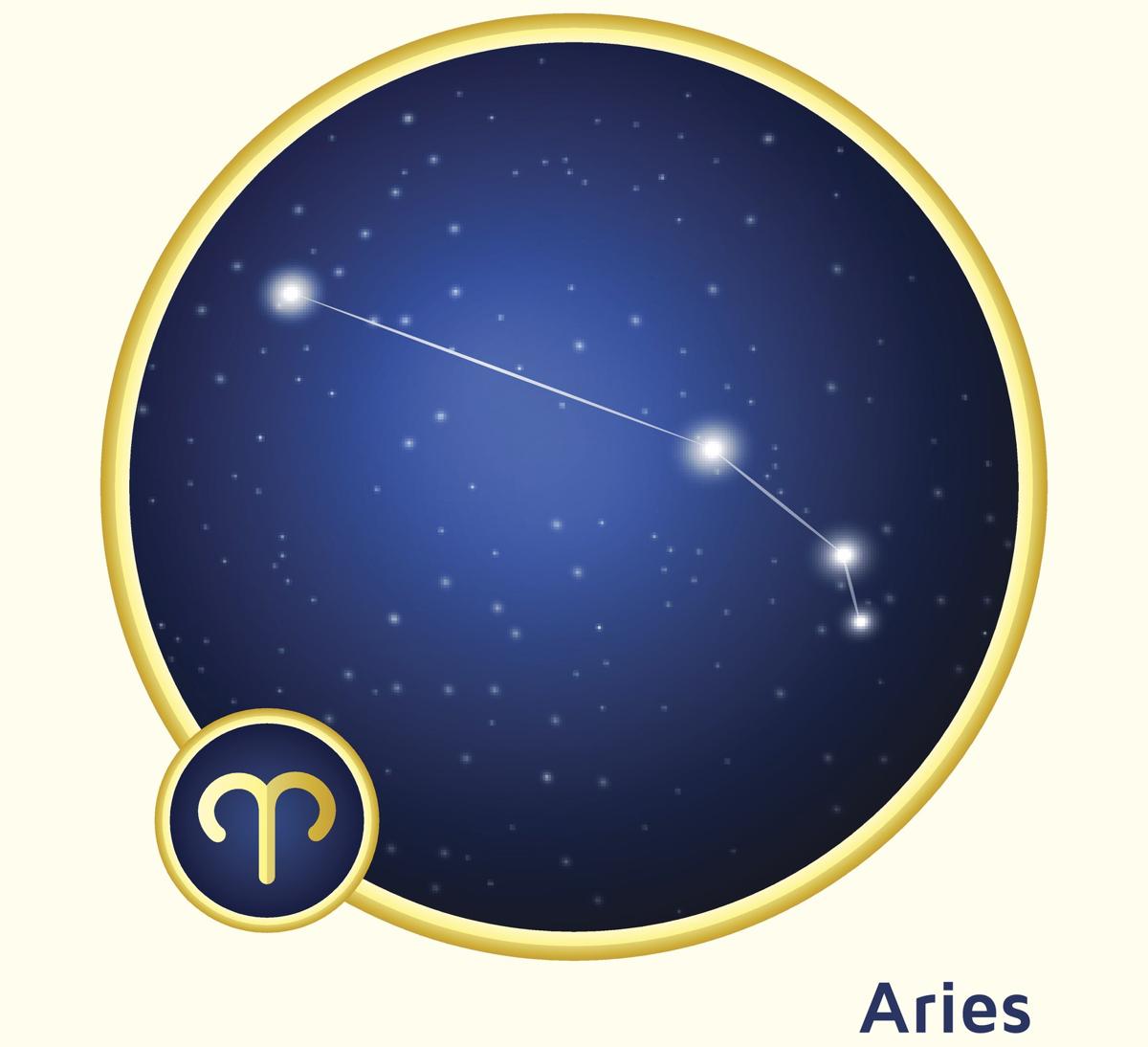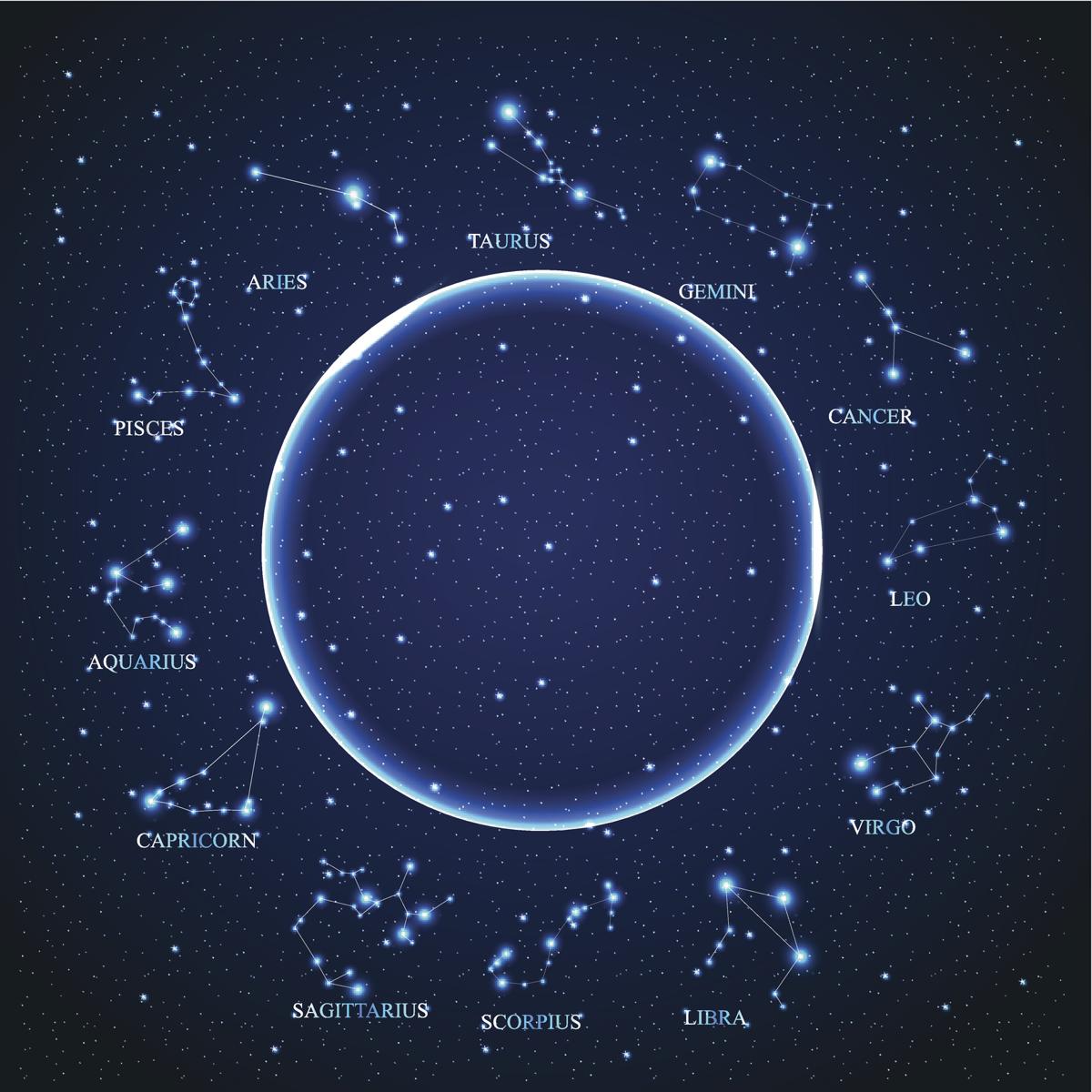Aries Constellation Meaning: Unveiling The Secrets Of The Ram In The Night Sky
The Aries constellation meaning has fascinated astronomers, astrologers, and stargazers for centuries. As one of the 12 zodiac constellations, Aries holds a special place in the celestial map, symbolizing strength, courage, and new beginnings. Located in the northern hemisphere, this constellation is not only a key player in astrology but also a significant feature in ancient mythology and modern astronomy. Understanding the Aries constellation meaning provides valuable insights into our cultural heritage and the way ancient civilizations interpreted the night sky.
The Aries constellation has been recognized since ancient times, with its distinctive V-shape pattern visible to the naked eye in dark skies. This prominent constellation, representing the ram, has played a crucial role in navigation and timekeeping throughout history. Its position in the sky has helped travelers find their way across deserts and seas, while its appearance marked important seasonal changes for agricultural societies. The Aries constellation meaning extends beyond its astronomical significance, influencing various aspects of human culture and belief systems.
In contemporary times, the Aries constellation continues to captivate both professional astronomers and amateur stargazers. Its bright stars, particularly Hamal and Sheratan, serve as important reference points in the night sky. The constellation's visibility from late autumn to early spring in the northern hemisphere makes it a popular target for observation and photography. Whether you're interested in astrology, astronomy, or simply enjoy stargazing, understanding the Aries constellation meaning offers a fascinating glimpse into our cosmic neighborhood and its profound impact on human civilization.
- Hdhub4u Moviesin Your Ultimate Destination For Latest Blockbusters
- Movierulz Nz Your Ultimate Guide To Streaming Movies Online
Table of Contents
- Aries Constellation Overview
- Mythological Origins and Symbolism
- Astronomical Significance and Features
- Astrological Interpretation of Aries
- Historical Importance in Navigation
- Modern Astronomy and Scientific Discoveries
- Cultural Influence and Representation
- Observing Aries in the Night Sky
- Scientific Research and Discoveries
- Fun Facts About the Aries Constellation
Aries Constellation Overview
The Aries constellation, known as "The Ram," occupies an area of 441 square degrees in the northern celestial hemisphere. It ranks 39th in size among the 88 recognized constellations, making it a medium-sized constellation that's relatively easy to identify. The constellation's brightest star, Hamal (Alpha Arietis), shines at an apparent magnitude of 2.0, while its second-brightest star, Sheratan (Beta Arietis), has a magnitude of 2.6. These luminous points form the distinctive V-shape that characterizes the Aries constellation in the night sky.
Key Features and Location
Aries is situated between two other prominent zodiac constellations: Pisces to the west and Taurus to the east. Its location along the ecliptic path makes it particularly significant for both astronomical observations and astrological interpretations. The constellation's boundaries, officially defined by the International Astronomical Union in 1930, encompass a region that spans approximately 22 to 31 degrees of celestial longitude. This positioning places Aries in a prime location for observing various celestial phenomena throughout the year.
Visibility and Best Viewing Times
- Best visible in the northern hemisphere from late autumn to early spring
- Peak visibility occurs during December evenings
- Visible at latitudes between +90° and -60°
- Recommended viewing time: 9 PM in mid-November
- Requires dark skies for optimal observation of fainter stars
The constellation's moderate brightness and distinct pattern make it accessible to urban observers, though suburban or rural locations provide the best viewing experience. During its peak visibility, Aries appears high in the sky, allowing for detailed observation of its main stars and surrounding celestial objects.
- Movierulz Telugu Your Ultimate Guide To Telugu Movies
- Moovie Rulz Your Ultimate Guide To Streaming Movies Like A Pro
Mythological Origins and Symbolism
The Aries constellation meaning is deeply rooted in ancient mythology, with its origins tracing back to Greek and Mesopotamian legends. In Greek mythology, Aries represents the golden-fleeced ram Chrysomallus, sent by the god Hermes to rescue Phrixus and Helle from their evil stepmother Ino. The ram successfully carried Phrixus across the sea to Colchis, where he sacrificed the animal to Zeus and presented its golden fleece to King Aeetes. This legendary fleece later became the object of Jason's quest with the Argonauts.
Symbolic Interpretations
Throughout history, the Aries constellation has symbolized various aspects of human experience and natural phenomena. In ancient agricultural societies, Aries' appearance in the spring sky marked the beginning of the planting season, associating the constellation with new beginnings and growth. The ram itself, a symbol of fertility and strength, represented leadership and courage in many cultures. These symbolic connections have influenced both astrological interpretations and cultural representations of the Aries constellation meaning.
The constellation's position as the first sign of the zodiac further enhances its association with new starts and pioneering spirit. This placement has contributed to the development of astrological traits attributed to Aries, such as initiative, determination, and assertiveness. The mythological narrative of the golden-fleeced ram has inspired countless artistic representations and literary works, cementing Aries' place in human cultural heritage.
Astronomical Significance and Features
The Aries constellation holds substantial astronomical importance, serving as a crucial reference point in celestial navigation and timekeeping. Its position along the ecliptic path makes it vital for tracking the sun's apparent movement through the zodiac. The vernal equinox, historically known as the "First Point of Aries," marked the sun's crossing into this constellation around 1800 BCE. Although precession has shifted this point to Pisces, the term remains significant in astronomical terminology.
Notable Celestial Objects
- Hamal (Alpha Arietis): The brightest star, 66 light-years away, with a luminosity 91 times that of the Sun
- Sheratan (Beta Arietis): A binary star system with components orbiting every 107 days
- Mesarthim (Gamma Arietis): A striking double star system visible through small telescopes
- NGC 772: A spectacular spiral galaxy approximately 130 million light-years distant
- NGC 691: Another prominent spiral galaxy within Aries' boundaries
These celestial objects provide valuable opportunities for both professional research and amateur observation. The constellation's relatively sparse star field makes it an excellent region for studying distant galaxies and deep-sky objects. Modern astronomical surveys have identified numerous variable stars and star-forming regions within Aries, contributing to our understanding of stellar evolution and galactic structure.
Scientific Importance
The Aries constellation serves as a crucial calibration point for various astronomical instruments and techniques. Its well-defined position and bright reference stars facilitate accurate measurements of celestial coordinates. Researchers utilize Aries' stars for testing new observational equipment and verifying astrometric data. The constellation's location also provides an excellent vantage point for studying the interstellar medium and mapping the Milky Way's structure.
Astrological Interpretation of Aries
In astrology, the Aries constellation meaning embodies the essence of leadership, initiative, and pioneering spirit. As the first sign of the zodiac, Aries represents the beginning of the astrological year, symbolizing fresh starts and new ventures. Those born under this sign, typically between March 21 and April 19, are believed to inherit the ram's characteristics of courage, determination, and assertiveness. These traits manifest in both personal and professional aspects of life, influencing how Aries individuals approach challenges and opportunities.
Personality Traits and Characteristics
Aries natives are often described as natural-born leaders, possessing an innate ability to take charge and inspire others. Their cardinal fire sign nature combines the dynamic energy of fire with the initiating force of cardinal modality, resulting in a personality that's both passionate and action-oriented. Key characteristics include:
- Strong sense of independence and self-reliance
- Unwavering determination and persistence
- Quick thinking and decisive action
- Competitive spirit and desire for achievement
- Optimistic outlook and enthusiasm for new experiences
These traits make Aries individuals particularly suited for leadership roles and entrepreneurial ventures. Their ability to take initiative and embrace challenges often leads to success in various fields, though their impulsive nature sometimes requires careful management.
Astrological Influence and Compatibility
The Aries constellation's astrological influence extends beyond individual personality traits to affect compatibility and relationships. Aries natives typically harmonize well with other fire signs (Leo and Sagittarius) and air signs (Gemini and Aquarius), forming dynamic and stimulating partnerships. Their relationship with earth signs (Taurus, Virgo, Capricorn) and water signs (Cancer, Scorpio, Pisces) can be more challenging, requiring conscious effort and understanding to bridge elemental differences.
In professional settings, Aries' influence often manifests in career paths that demand courage, leadership, and innovation. Fields such as entrepreneurship, military service, sports, and emergency response frequently attract Aries individuals, where their natural drive and competitive spirit can thrive. The Aries constellation meaning in astrology serves as a guide for understanding personal strengths and potential areas for growth, helping individuals harness their inherent qualities effectively.
Historical Importance in Navigation
The Aries constellation has played a pivotal role in navigation throughout human history, serving as a crucial celestial marker for travelers and explorers. Ancient mariners relied on Aries' distinctive pattern to guide their journeys across oceans and deserts, while its position along the ecliptic path provided essential reference points for celestial navigation. The constellation's visibility in both hemispheres made it particularly valuable for global exploration during the Age of Discovery.
Navigation Techniques and Tools
Early navigators developed sophisticated techniques to utilize Aries' stars for determining latitude and longitude. The constellation's bright stars, particularly Hamal and Sheratan, served as reliable reference points for sextant measurements. Historical records indicate that Arab astronomers created detailed star charts featuring Aries, which were later adopted by European explorers. These charts enabled more accurate navigation during long sea voyages, significantly reducing the risks associated with ocean travel.
- Arab astronomers developed precise star catalogs featuring Aries in the 9th century
- Medieval navigators used Aries to calculate seasonal changes and plan voyages
- Vikings incorporated Aries' position in their celestial navigation system
- 15th-century Portuguese explorers relied on Aries for their African expeditions
- Chinese astronomers documented Aries' movements for agricultural planning
The constellation's historical significance in navigation extends beyond maritime applications. Land-based travelers, particularly those crossing vast desert regions, used Aries as a guide during night journeys. The constellation's consistent position and visibility made it an invaluable tool for maintaining course direction and estimating travel times.
Modern Navigation Applications
While technological advancements have reduced reliance on celestial navigation, the Aries constellation remains relevant in modern navigation systems. Its stars continue to serve as calibration points for astronomical instruments and satellite positioning systems. Military and aviation sectors still incorporate celestial navigation techniques, including Aries-based methods, as backup systems in GPS-denied environments. This enduring application demonstrates the constellation's lasting importance in human navigation and exploration.
Modern Astronomy and Scientific Discoveries
Recent advancements in astronomical technology have significantly enhanced our understanding of the Aries constellation, revealing numerous scientific discoveries and deepening our appreciation of its cosmic significance. Modern telescopes and space-based observatories have uncovered fascinating details about Aries' stellar population and surrounding deep-sky objects. The constellation's relatively sparse star field provides an excellent opportunity for studying distant galaxies and interstellar phenomena without significant interference from bright foreground stars.
Groundbreaking Discoveries
One of the most significant discoveries within Aries came in 2011 with the detection of HIP 13044 b, a Jupiter-mass exoplanet orbiting a star in the constellation. This remarkable find represented the first confirmed exoplanet discovered in a stellar stream, providing crucial insights into planet formation in evolved star systems
- Hollywood Movies In Hindi Your Ultimate Guide To Bollywoodstyle Hollywood Hits
- Movierulzin Your Ultimate Movie Streaming Hub

Interesting Facts About the Constellation Aries That You MUST Know

Interesting Facts About the Constellation Aries That You MUST Know